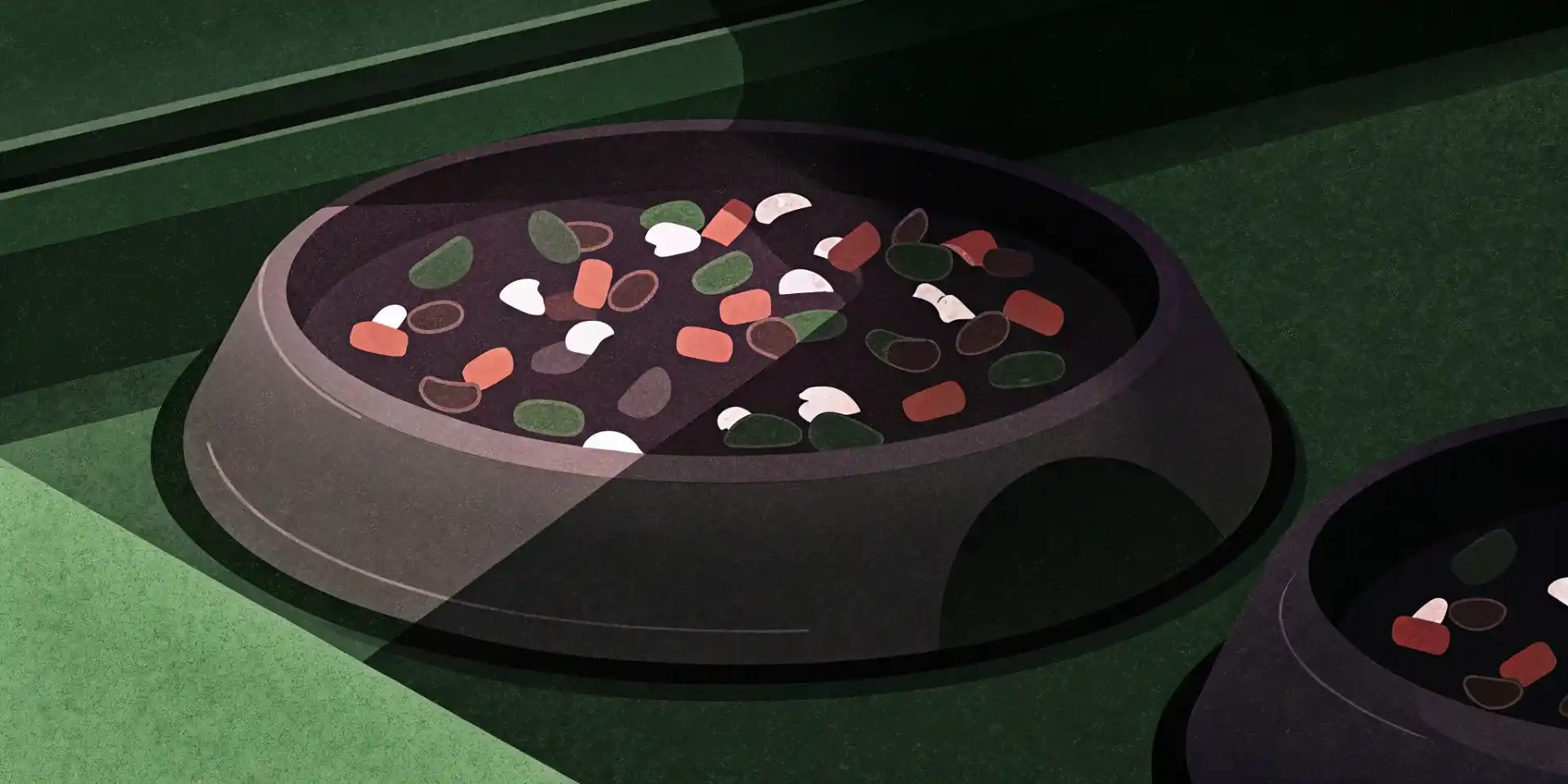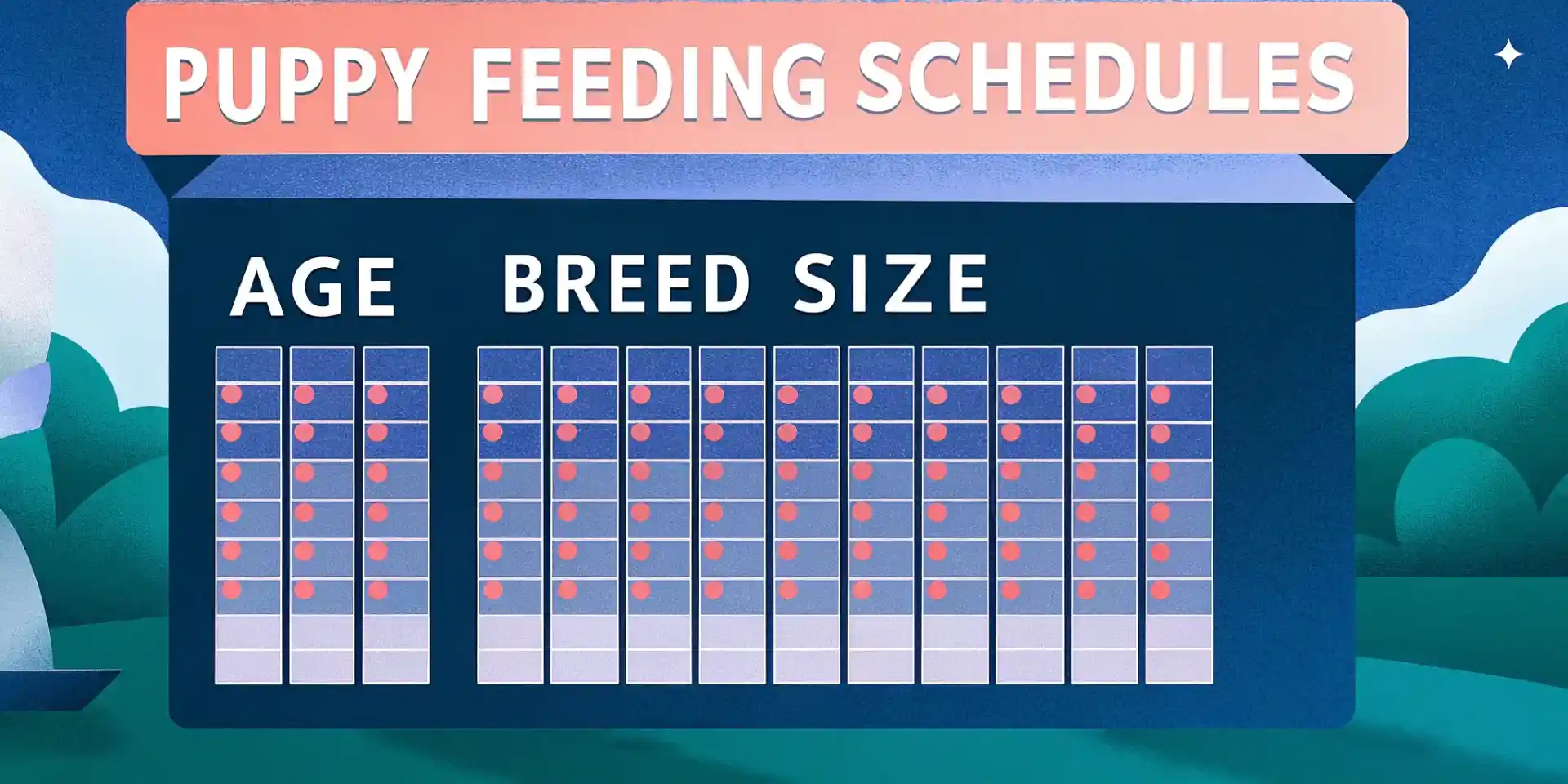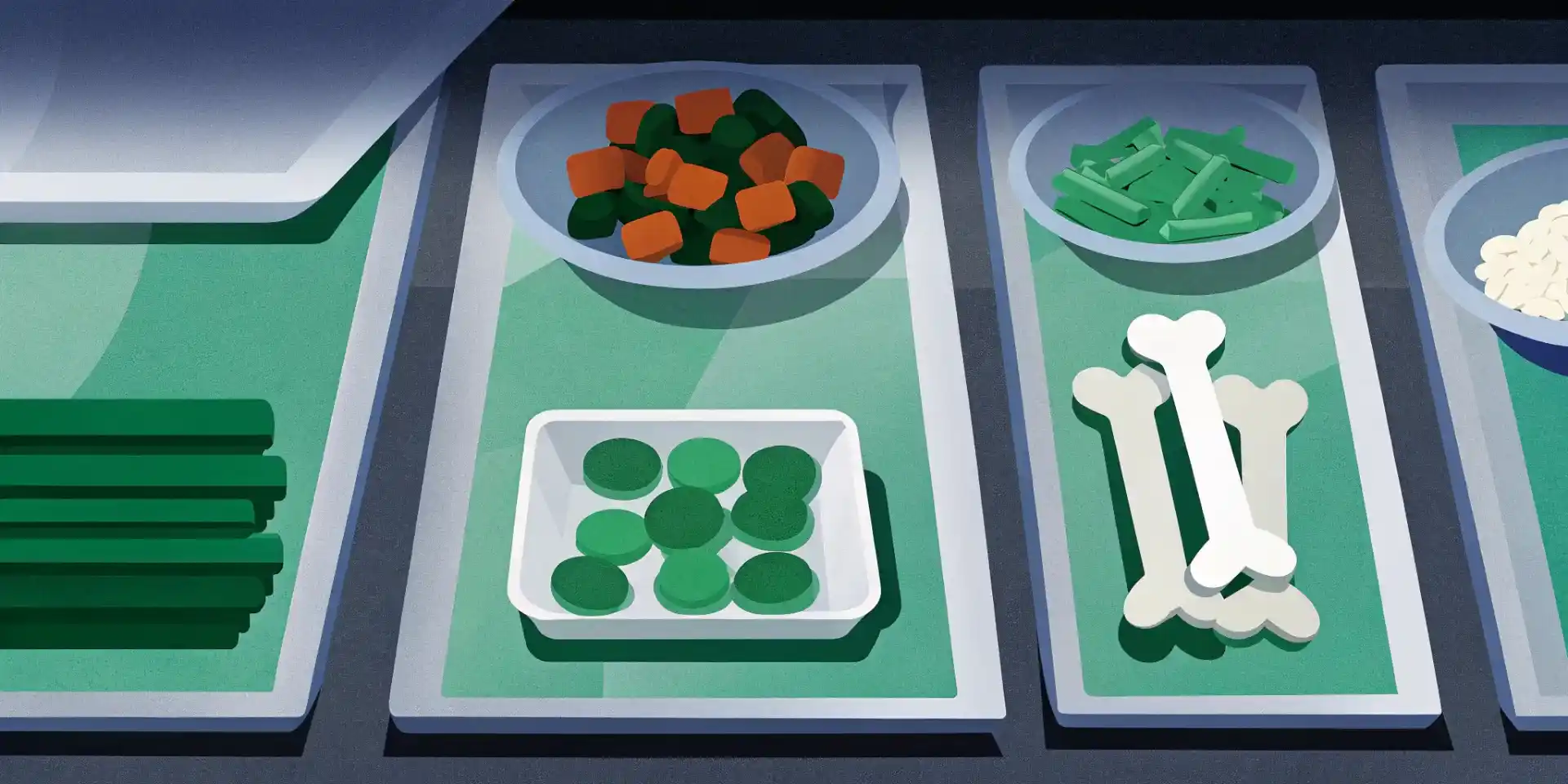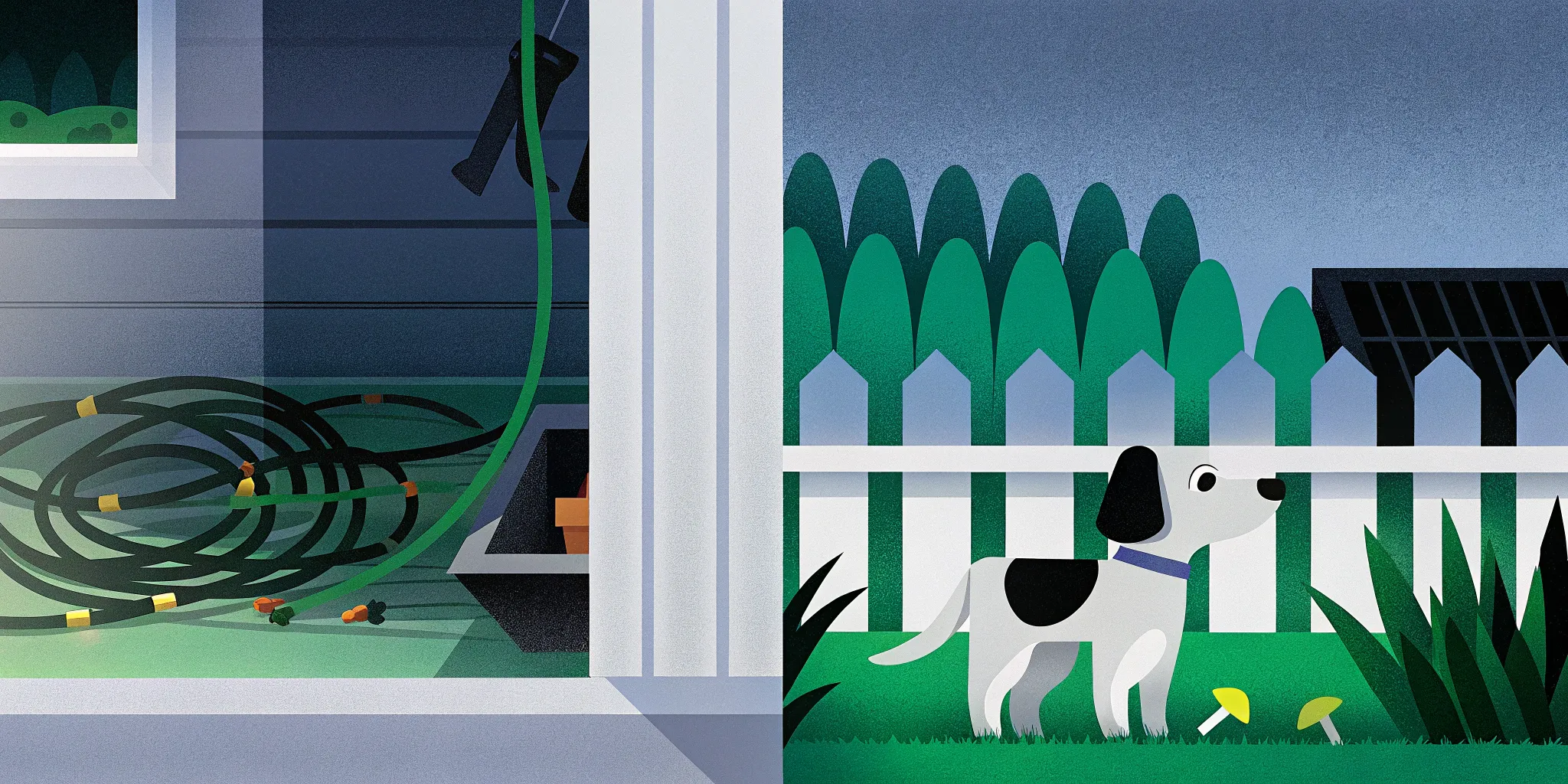
Puppy Food Guide: Nutrition 101 for Happy Pups
New puppy? 🐶 Fuel their growth with the *right* puppy food! Our guide covers nutrition, feeding schedules, and happy pups!
Puppy Nutrition 101: Choosing the Right Food and Feeding Schedules
Bringing a new puppy home is an exciting time! Those little paws, that wet nose, the boundless energy… it’s all incredibly rewarding. But amidst the puppy cuddles and house-training, one of the most important things you’ll need to nail down is your puppy’s nutrition. What you feed your puppy now will lay the foundation for their health and well-being for years to come. I’ve seen firsthand how proper nutrition can impact a dog’s lifespan and quality of life. So, let’s dive into puppy nutrition and explore how to choose the right food and feeding schedule.
Why Puppy Food is Different
Puppies aren’t just small adult dogs; they have unique nutritional needs. They’re growing rapidly, requiring more calories, protein, and specific minerals to support bone development, muscle growth, and a healthy immune system. Adult dog food simply won’t cut it.
Puppy food formulas are specifically designed with these needs in mind. They typically contain:
- Higher Protein: Essential for building and repairing tissues. Look for animal-based protein sources like chicken, lamb, or fish.
- Balanced Calcium and Phosphorus: Crucial for proper bone and teeth development. An imbalance can lead to skeletal problems, especially in large breed puppies.
- DHA (Docosahexaenoic Acid): An omega-3 fatty acid that supports brain and vision development.
- Essential Vitamins and Minerals: A, D, E, and B vitamins, along with minerals like zinc and iron, are vital for overall health.
 A close-up shot showcasing the ingredients of high-quality puppy food, emphasizing protein sources and vegetable matter.
A close-up shot showcasing the ingredients of high-quality puppy food, emphasizing protein sources and vegetable matter.
Decoding the Label: What to Look For
Navigating the world of puppy food can be overwhelming. The labels are often packed with information, but knowing what to look for can make the process much easier.
Here are some key things to consider:
- AAFCO Statement: This is crucial! Look for a statement that says the food is “complete and balanced for puppies” or “complete and balanced for growth” as determined by Association of American Feed Control Officials (AAFCO) feeding trials. This ensures the food meets minimum nutritional requirements for puppies.
- Ingredient List: The ingredients are listed in descending order by weight. Look for a named meat source (e.g., chicken, beef, lamb) as the first ingredient.
- Guaranteed Analysis: This provides information on the percentages of protein, fat, fiber, and moisture in the food. Pay attention to the protein and fat content, ensuring it’s appropriate for your puppy’s breed and activity level.
- Avoid Fillers: Steer clear of foods that are packed with corn, wheat, or soy as primary ingredients. These are often used as cheap fillers and offer little nutritional value.
Choosing the right puppy food for your golden retriever is different than choosing one for your chihuahua. Large breed puppies, for example, need food formulated to support slower, controlled growth to prevent skeletal problems like hip dysplasia. Smaller breeds may need a higher calorie concentration due to their faster metabolisms. Always consult with your veterinarian to determine the best food for your individual puppy’s needs.
Wet vs. Dry Puppy Food: Which is Better?
This is a common question, and the answer is, it depends! Both wet and dry puppy food have their pros and cons.
- Dry Food (Kibble):
- Pros: More affordable, helps clean teeth through chewing, longer shelf life.
- Cons: Can be less palatable for picky eaters, lower moisture content.
- Wet Food (Canned):
- Pros: More palatable, higher moisture content (good for hydration), easier to eat for puppies with dental issues.
- Cons: More expensive, shorter shelf life, doesn’t clean teeth as effectively.
You can also combine wet and dry food. Some owners like to mix a small amount of wet food with dry kibble to make it more appealing. In my experience, a combination can be a great way to ensure your puppy is getting enough hydration and enjoying their meals.
Feeding Schedules: How Much and How Often?
Establishing a consistent feeding schedule is crucial for puppy training and housetraining. Puppies have small stomachs and can’t eat large meals at once.
Here’s a general guideline:
- 8-12 Weeks: 4 meals per day
- 3-6 Months: 3 meals per day
- 6-12 Months: 2 meals per day
The amount of food you feed will depend on the specific food you choose and your puppy’s breed, age, and activity level. Always refer to the feeding guidelines on the food packaging, but remember that these are just guidelines. You may need to adjust the amount based on your puppy’s individual needs. Monitor their body condition and adjust accordingly. You should be able to feel their ribs easily, but they shouldn’t be visible.
 A visual guide displaying recommended feeding schedules for puppies of varying ages and breed sizes, highlighting the importance of portion control.
A visual guide displaying recommended feeding schedules for puppies of varying ages and breed sizes, highlighting the importance of portion control.
Avoiding Common Feeding Mistakes
- Free-Feeding: Leaving food out all day is generally not recommended for puppies. It can lead to overeating and difficulty with housetraining.
- Giving Table Scraps: Human food can be harmful to puppies. Many foods are toxic to dogs, and even seemingly harmless foods can disrupt their digestive system.
- Sudden Food Changes: Always transition to a new food gradually over 7-10 days to avoid digestive upset. Start by mixing a small amount of the new food with the old food and gradually increase the amount of new food each day.
- Ignoring Your Puppy’s Body Condition: Regularly assess your puppy’s weight and body condition. If they’re gaining too much weight, reduce their food intake. If they’re losing weight, increase it.
Treats and Training
Treats can be a valuable tool for puppy training. However, it’s important to choose healthy treats and use them sparingly. Opt for small, low-calorie treats and factor them into your puppy’s daily calorie intake. I believe that using training treats that are species appropriate and formulated for puppies is a great way to reward your furry friend!
 An assortment of nutritious and palatable puppy training treats, emphasizing natural ingredients and appropriate size for positive reinforcement.
An assortment of nutritious and palatable puppy training treats, emphasizing natural ingredients and appropriate size for positive reinforcement.
When to Switch to Adult Food
Most puppies can transition to adult food around 12 months of age, but large breed puppies may need to stay on puppy food for a longer period, up to 18-24 months, to support their continued growth. Again, consult with your veterinarian to determine the best time to make the switch. They can assess your puppy’s growth and development and recommend the appropriate diet.
Choosing the right food and feeding schedule for your puppy is a crucial investment in their long-term health and happiness. By understanding their unique nutritional needs and avoiding common feeding mistakes, you can help your puppy grow into a healthy, happy, and well-adjusted adult dog. Always remember, when in doubt, consult with your veterinarian. They are your best resource for personalized advice and guidance.


